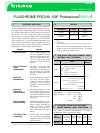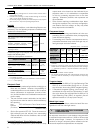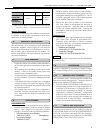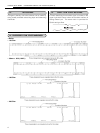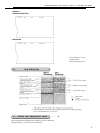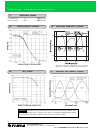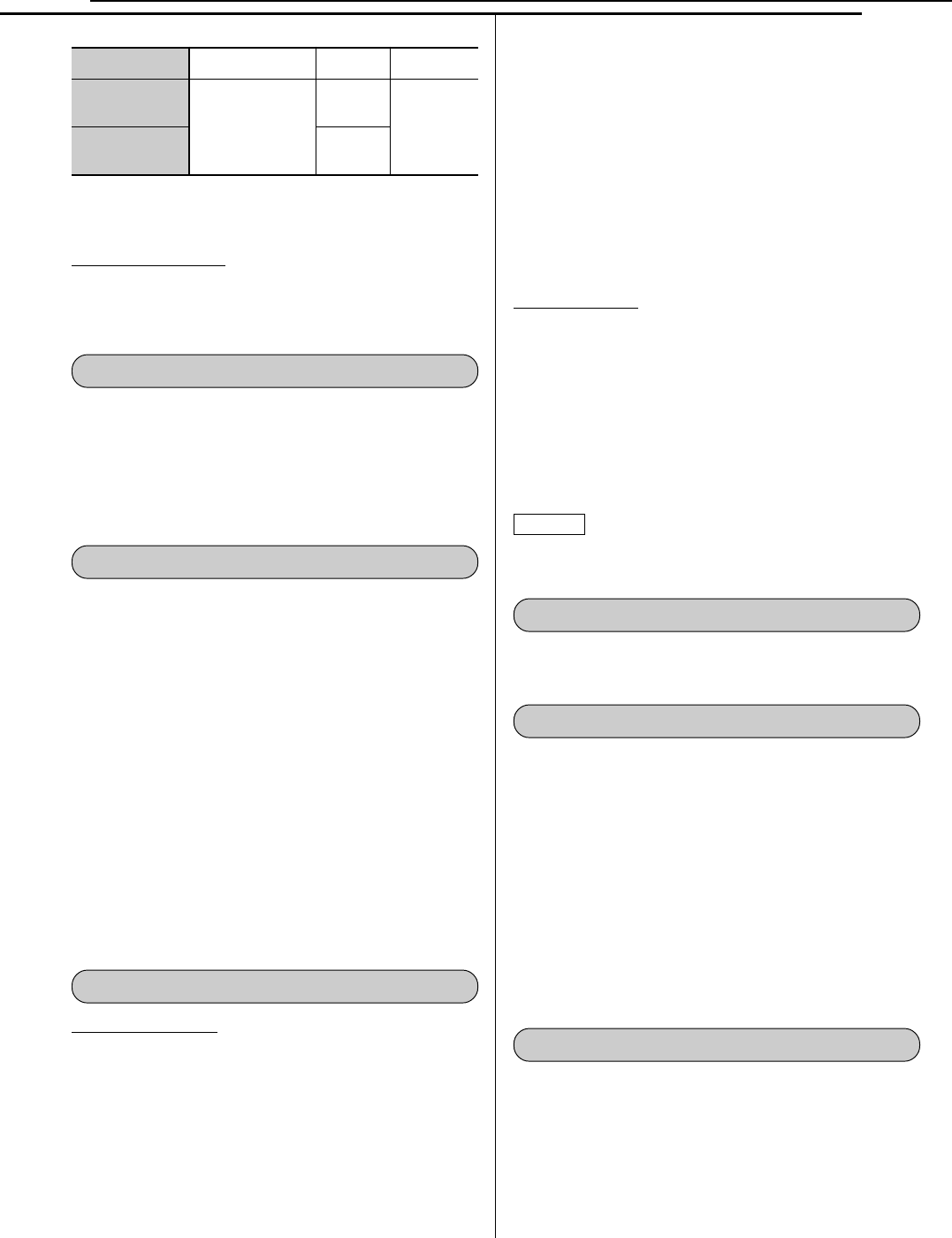
FUJICHROME PROVIA 100F Professional
[
RDP
III
]
FUJIFILM DATA SHEET
3
Exposure time
Color Compen-
sating Filter
Exposure
Corrections*
1/ 4000 128 sec.
None
4 min.
2.5G
+1/3 stop
8 min.
Not Recom-
mended
* Exposure correction values include filter exposure factors.
These values are added to unfiltered exposure meter readings.
+ followed by number = required increase in lens opening.
Multiple Exposures
No exposure correction or color balance compensation
is required for up to eight consecutive multiple expo-
sures using an electronic flash.
6. EXPOSURE PRECAUTIONS
With artificial light, such as electronic flash, photoflood,
fluorescent, tungsten, mercury vapor, etc., the lamp out-
put and color temperature may be affected by such fac-
tors as make, age of equipment and line voltage. Re-
flectors and diffusers can also influence light intensity
and color temperature.
7. FILM HANDLING
Expose film before the expiration date indicated on
the film package and process promptly after expo-
sure.
When loading and unloading roll film, avoid direct
sunlight. If there is no shade, turning ones back
toward the sun will shade the film.
Handle sheet film in total darkness and do not touch
emulsion surfaces. (The use of a safelight will cause
fogging.)
X-ray equipment, used to inspect carry-on baggage
at airport terminals can cause film fogging, so both
exposed and unexposed films should be removed
for manual inspection.
Film fogging may occur near X-ray equipment in
hospitals, factories, laboratories and other loca-
tions. Always keep film away from possible sources
of radiation.
Building material, finishes used on newly manufac-
tured furniture, paints and bonding agents may pro-
duce gases which affect photographic film. Do not
store film, lightproof boxes of film, loaded cameras
or film holders under these conditions.
Before use, allow films to stand at room tempera-
ture: over 3 hours for refrigerated film, and over 6
hours for frozen film. Long rolls such as 100 feet
(30.5m) will require additional time. Opening the
package/box while film is cold may cause harmful
condensation.
Processed Film
Exposure to light, high temperature and humidity
can cause color changes in processed films.
Therefore, place such films in mounts or sleeves
and store in dark, dry, cool and well ventilated loca-
tions under the following conditions.
¼Medium-term Storage:
Below 25°C (77°F) at 30 to 60% RH
¼Long-term Storage:
Below 10°C (50°F) at 30 to 50% RH
As with all color dyes, those used in this film will discolor
or fade with time.
NOTES
9. PROCESSING
This film is designed for processing in Kodak Process
E-6, Fujifilm Process CR-56, or Fuji Hunt Process C6R,
etc.
10. VIEWING LIGHT SOURCES
Use a standard viewer. Visual responses will differ with
light source quality and brightness. Therefore, employ a
viewer which meets the ISO/ANSI standard.
The ISO standard (ISO/DP3664-2) specifies an illu-
minated viewer surface with a color temperature de-
rived from a CIE illuminant D
50
(D:Daylight) with a re-
ciprocal color temperature of 5000K, an average
brightness of 1400cd/m
2
}300cd/m
2
, a brightness
uniformity of more than 75%, a light diffusion level of
more than 90% and an average color rendition as-
sessment value of more than Ra90. Transparency
viewers should meet these standards.
Unprocessed Film
Storing exposed or unexposed film under high tem-
perature and humidity conditions will cause adverse
speed, color balance and physical property
changes. Store film under the following conditions.
¼Short-to-medium term Storage:
Below 15°C (59°F) ..................(Refrigerator)
¼Long-term Storage:
Below 0°C (32°F) ........................... (Freezer)
8. FILM STORAGE
11. PRINTS AND DUPLICATES
Processed transparencies can be made into prints on
FUJICHROME papers or FUJICOLOR INTERNEGATIVE
FILM IT-N, thus greatly increasing RDP
III
s versatility.
High-quality duplicates can be made on FUJICHROME
DUPLICATING FILM CDU TYPE II (CDU II).



